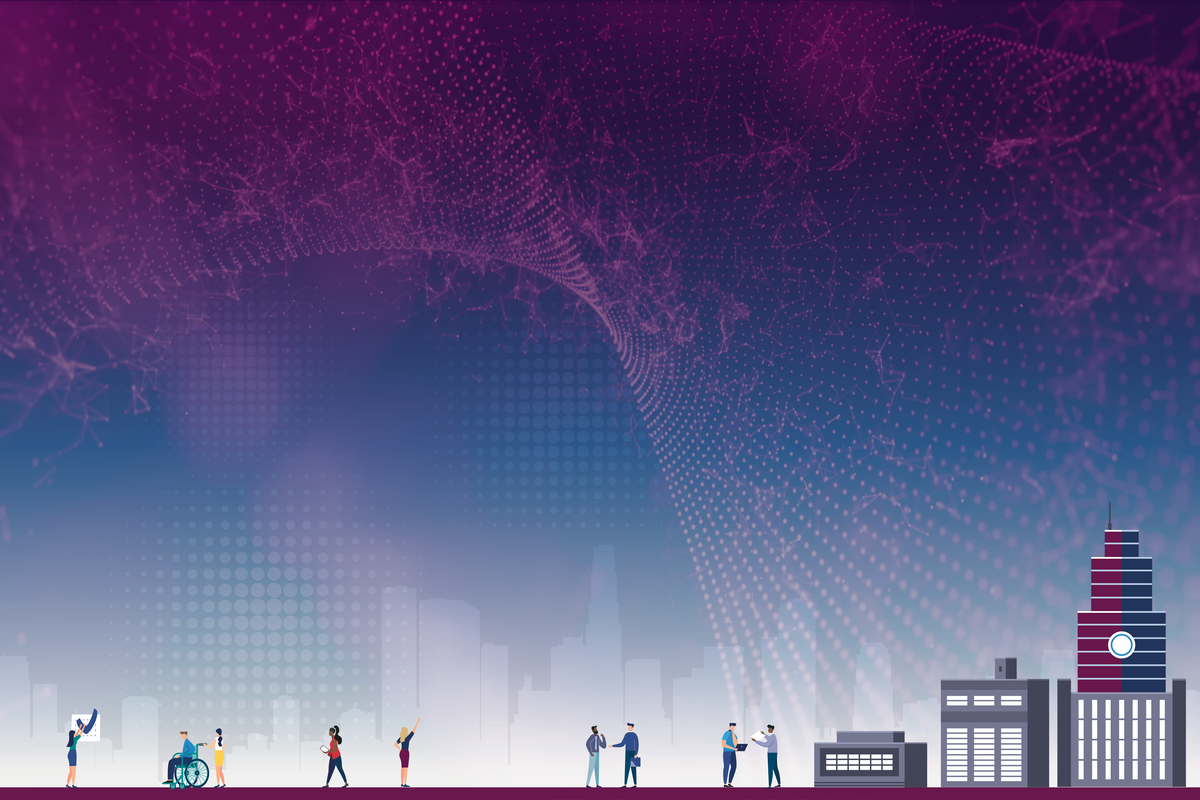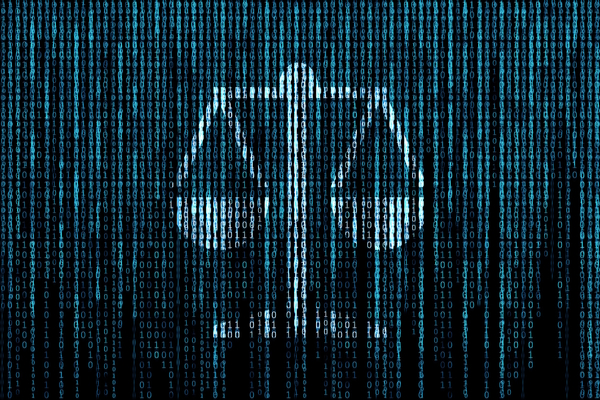GRC in the 21st century: the key to sustainable business growth
Sponsored by Marlowe GRC
Gone are the years of simplicity in business operations – today we live in a volatile, uncertain, complex and ambiguous world.
The World Economic Forum (WEF) said it best: “As volatility in multiple domains grows in parallel, the risk of polycrises accelerates”. This foreboding prediction suggests that political and economic uncertainty could lead to highly complex global risks.
That’s why a focus on governance, risk and compliance (GRC) is needed now more than ever. The Open Compliance and Ethics Group (OCEG) defines GRC as “a capability to reliably achieve objectives, address uncertainty and act with integrity.” Therefore, this plays a significant role in helping leaders manage the complexities of modern business environments.
Convergence of GRC, EHS and ESG
In today’s climate, part of an organisation’s objectives focus on embracing and delivering on environmental, social and governance (ESG) goals.
But how do GRC, ESG and EHS (environmental, health and safety) work together?
The convergence of these three areas has become far more prominent in the business world, with sustainability and social responsibility being topics of major importance.
Here is how they overlap:
- Environmental sustainability: ESG considerations closely align with EHS efforts to reduce environmental impacts, promote sustainability and meet regulatory requirements. GRC frameworks help ensure that environmental goals and compliance are integrated into corporate governance.
- Risk management: GRC’s risk management component dovetails with EHS by addressing environmental and safety risks, which are critical aspects of ESG performance.
- Compliance and reporting: compliance with environmental regulations and ESG reporting requirements often overlap. Organisations need robust GRC practices to ensure they meet legal obligations and accurately report ESG performance to stakeholders.
- Stakeholder expectations: customers, investors, regulators, communities and other key stakeholders increasingly demand transparency, ethical behaviour and sustainability efforts – this is integral to ESG and should be embedded in GRC and EHS practices.
By integrating GRC, EHS and ESG, organisations can better navigate the complex challenges of the modern business landscape.
Where is the world going?
The WEF’s 2023 Global Risks Report identifies risks by severity over a 10-year period. Within these top ten risks, six are related to environmental, two to societal and one each to geopolitical and technological categories.
This highlights the importance of ESG and therefore the convergence with GRC to help manage the uncertainty of these risks.
What will businesses want from GRC of the future?
The future of governance, risk and compliance (GRC) is likely to be shaped by several trends and developments.
Here, we outline ten key topic areas that reflect the evolving business landscape, regulatory environment and technological advancements:
- Digital transformation: as organisations continue to digitise their operations, GRC processes and tools will also become more automated and data driven. The integration of technologies such as artificial intelligence (AI), machine learning (ML) and data analytics will streamline risk assessments, compliance monitoring and decision-making. AI-powered predictive analytics will also help organisations proactively identify and manage emerging risks. By 2030, GRC processes will be highly automated and integrated with AI and ML systems.
- Holistic business integrated GRC: business-integrated GRC will be the standard approach to managing risks across organisations. It will encompass financial, operational, cyber, compliance, ESG and other risk domains within a unified framework. Real-time data and analytics will provide a comprehensive view of risks, enabling organisations to make informed decisions.
- Regulatory complexity: regulatory requirements are becoming more complex and dynamic, especially in sectors such as finance, healthcare and data privacy. GRC systems will need to adapt to these changes and provide real-time compliance monitoring and reporting capabilities to ensure organisations can meet evolving obligations.
- Cybersecurity and data privacy: with the increasing frequency and sophistication of cyber threats and data breaches, GRC will place greater emphasis on cyber-security risk management and data privacy compliance. It will incorporate threat intelligence, continuous monitoring and incident response planning as integral components.
- Environmental, social and governance (ESG): the integration of ESG considerations into GRC practices will continue to gain prominence. Organisations will need to align their governance and risk management processes with ESG goals to meet stakeholder expectations and regulatory requirements. By 2030, organisations will align their governance practices with sustainability goals and track ESG performance as a fundamental aspect of their GRC strategies.
- Supply chain resilience and crisis preparedness: the Covid-19 pandemic highlighted the importance of supply chain resilience. GRC will play a critical role in assessing and mitigating risks associated with supply chain disruptions, such as disruptions caused by global crises or geopolitical tensions. By 2030, GRC will prioritise crisis preparedness, including pandemic response plans and strategies to address unforeseen disruptions.
- Regtech: regulatory technology (regtech) solutions will continue to evolve, providing organisations with agile tools to navigate complex and ever-changing regulatory landscapes. These solutions will automate compliance tasks, offer real-time regulatory insights and simplify reporting.
- Ethical and responsible business practices: GRC frameworks will increasingly incorporate ethical considerations into governance practices. This includes ensuring responsible business conduct, addressing ethical dilemmas and promoting corporate social responsibility (CSR) across the board.
- Board oversight: boards of directors will continue to play a crucial role in GRC, overseeing the organisation’s risk management and compliance efforts. They will need access to robust GRC reporting and analytics to make informed decisions.
- Cultural shift: a culture of risk awareness and ethical behaviour will be essential. Organisations will need to foster a GRC culture that encourages employees to actively participate in risk-identification and mitigation. Organisations will invest in GRC education and training to build a skilled workforce who can understand and navigate the complex GRC landscape.
In conclusion, the future of GRC will be marked by increased digitisation, integration of various risk domains, heightened regulatory complexity and a strong focus on sustainability and ethical business practices.
Organisations that embrace these trends and invest in advanced GRC technologies and practices will be better equipped to navigate the challenges and opportunities of the evolving business landscape.
Marlowe’s dynamic GRC division offers a suite of solutions to manage risk and compliance across a wide range of GRC topic areas including enterprise, property, and HR. Discover more at www.marloweplc.com

Business Reporter Team
Most Viewed
Winston House, 3rd Floor, Units 306-309, 2-4 Dollis Park, London, N3 1HF
23-29 Hendon Lane, London, N3 1RT
020 8349 4363
© 2025, Lyonsdown Limited. Business Reporter® is a registered trademark of Lyonsdown Ltd. VAT registration number: 830519543





